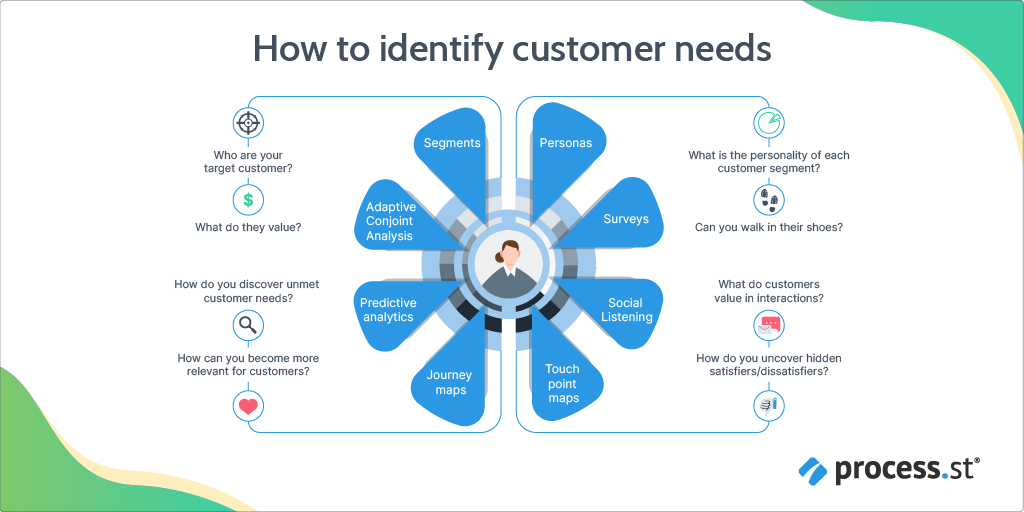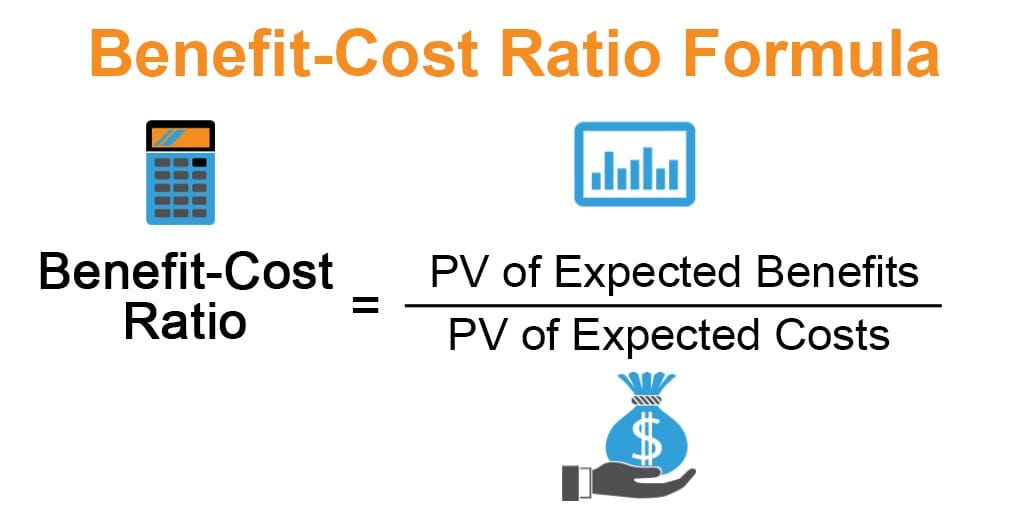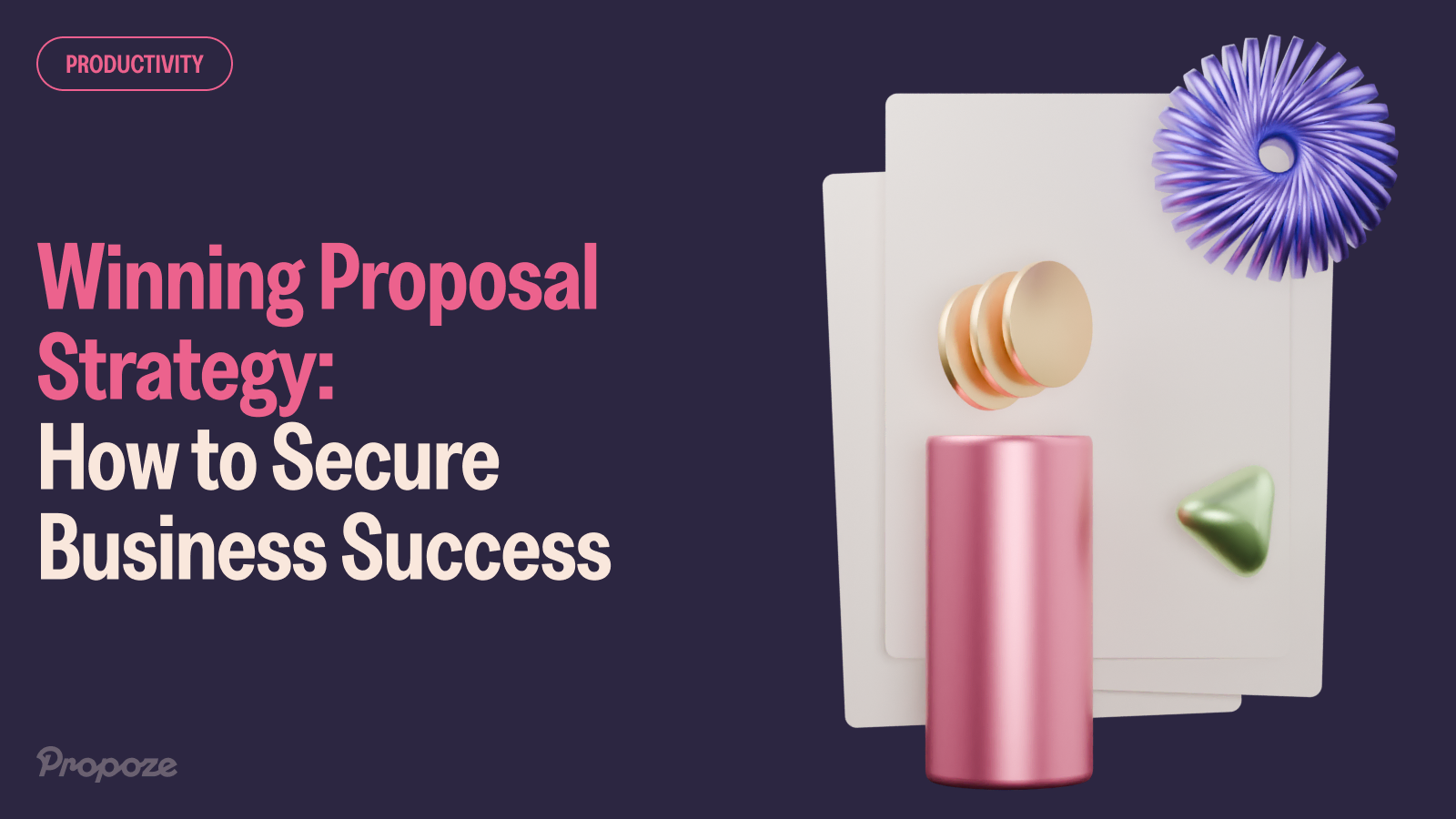How can winning proposals make a real difference for you?
Think of them as key documents that not just win you business but also strengthen your bonds with clients.
This article will show you how to turn regular documents into winning proposals that grab clients' attention and get you ahead of the game.
It's all about knowing your competitors, especially their weaknesses, and using that knowledge to boost your proposal strategy.
Whether you're aiming to impress in the public or private sector, we've got tips to help your company shine.
Ready to up your game in writing proposals?
Key Takeaways
- To manage proposals well, you need smart planning, good knowledge of your client, and a habit of always getting better.
- When creating proposals, it's important to use research, focus on what the client wants, include convincing details, and trying new ideas.
- Getting good at proposal management means not only writing great content but also following the best methods and using the right software to make sure your proposals are effective and impressive.
Where to start with proposal strategies?

Defining proposal win strategy
Want to know the secret behind every great business deal?
It's all about having a smart win strategy that unlocks new chances for growth.
This isn't just about whipping up a document. It's about crafting something that speaks directly to what each client needs, convincing them you're the right choice.
Here's a step-by-step framework to further improve your proposal strategy using a proposal template:
- Understand your client: What's their industry like? What challenges do they face? Understanding these helps you tailor your document to hit just the right notes.
- Leverage a proposal template: Why not make life easier with a proposal template? It keeps things consistent and thorough, so you cover all bases.
- Articulate your value proposition: Now, highlight your benefits. What makes your services shine brighter than the competitors? Pinpoint those perks that directly solve your client's problems.
- Integrate client insights: Bring your client's world into your proposal, showing you their ambitions and challenges. It shows thoughtfulness like you've created something just for them.
- Collaborate across departments: Teamwork is key too. Pull in ideas from different departments to make your proposal richer and more varied.
- Review and refine: Don't forget to fine-tune. A great proposal evolves through feedback, sharpening its message and impact.
- Finalize your strategy: And your finisher? The executive summary. It should echo your win themes—those strong points that underscore why you're the top pick, all wrapped up in a neat, compelling format.
By following these steps, you craft a proposal that doesn't just meet the client's needs but elevates you as their prime choice, all set to seal the deal.
How to match proposals with business goals?
When it comes to matching proposals with business goals, it's all about the groundwork.
Imagine you're a detective, piecing together clues to solve a puzzle.
That's exactly what research-driven approaches are about—digging deep to understand the client's world and how your proposal can fit into it like a key to a lock.
- Understand the client's business challenges and objectives to tailor your proposal to their specific needs.
- By integrating the client's concerns and objectives, you tailor your proposal to their specific needs, creating a narrative or story that resonates.
- This process involves the sales team closely to ensure alignment on the value proposition, setting you apart from the competition.
- Internally, it requires teamwork from different departments, especially when handling many projects.
Looking to stand out from the crowd? What makes your business special compared to others?
Work together with your teams to blend all your best ideas into one impressive proposal.

To make your proposal strategy really work, think of it like putting together a puzzle with pieces of information and data. You're not guessing; you're building a strong case with facts.
The key?
The more details you gather, the more your proposal hits home, effectively capturing what your client needs.
Plus, using smart tools and tech can save time, making everything smoother and faster.
Understanding client's needs
Want to make a proposal that really wins?
It all starts with understanding exactly what your client needs.
Think of it this way: you're not just trying to sell something. You're creating a solution that meets the client's special needs and goals.
How?
Kick things off with deep research. Get to know the client's business inside out, find out what troubles them, and shape your proposal to tackle these problems head-on.
It's not about offering a generic fix. Your proposal should be a tailored solution that shows you're invested in the client's success.

A winning proposal does more than just match the client's requirements. It aligns your solution with their big-picture goals, making them see the benefits of teaming up with you.
Collaboration is key too. Get your sales team and specialists working together to craft a unified answer that really addresses the client's situation.
And when it comes to putting it all on paper, the right tools can turn your document into something more—a focused asset that highlights why you're the best choice.
So, when managing proposals, remember to:
- Start with thorough research to understand the client's business and aims.
- Customize your proposals so they allign with client's exact needs.
- Make your solution stand out with convincing details.
- Ensure all teams work together for a consistent and complete solution.
- Polish your document until it shines, ready to win that deal.
Ways to structure your proposal template
When it comes to proposals, persuasion is your secret weapon. It's not just about what you offer; it's how you present it that can tip the scales in your favor.
A well-structured proposal acts like a guided tour for your client, leading them through a logical argument that peaks in your value proposition.
Think of it as a journey where each step is a carefully placed stone across a river, ensuring your client arrives safely on the other side, ready to make a decision.
Remember, clarity is king. A proposal that's easy to navigate and understand is a proposal that's halfway to winning.
Use headings, bullet points, and short paragraphs to break down complex information. This isn't just about aesthetics; it's about making your proposal accessible and clear.
Here's a quick checklist to keep your proposal's persuasive elements on point:
- Research client needs to create your approach
- Be clear and concise to maintain focus
- Structure your proposal for easy navigation
- Customize for each client to show you care
- Use tools for writing improvement to polish your content

Avoid common pitfalls such as lack of clarity and not fully understanding client needs.
By focusing on these aspects, you're not just selling a service or product; you're providing a solution that feels bespoke and irresistible.
Ensuring flawless delivery
When it comes to nailing the execution of a proposal, it's all about the details.
Strong partnerships and clear communication channels are vital for smooth delivery. Here's a quick rundown of best practices to keep your proposal process on track:
- Clearly define your value propositions and make sure everyone understands them.
- Manage time and deadlines precisely to avoid last-minute scrambles.
- Engage with the customer post-submission for valuable feedback and continuous improvement.
Don't forget, every hour is important. Making repetitive tasks simpler gives you more time to improve the important parts of your proposal.
By using these practices, you're not just sending a proposal; you're setting up a system that can deliver value repeatedly and help your business grow.

How to measure the outcomes?
After pouring your heart and soul into a proposal, the moment of truth arrives with the outcome.
But the journey doesn't end there.
It's time to look into the data and see what the numbers tell us.
Analyzing proposal outcomes isn't just about win or loss; it's a goldmine of insights that can shape your future strategies.
Here's a simple framework to get you started:
- Review the success metrics: Did you hit the targets you aimed for?
- Examine client feedback: What did they love, and where did they see room for improvement?
- Competitive analysis: How did your proposal stack up against others?
- Financial impact: Consider the cost-benefit ratio of your efforts.

By consistently measuring and reflecting on these aspects, you're not just evaluating a single proposal's success; you're bulding a roadmap for continuous improvement and long-term wins.
Remember, every proposal is a learning opportunity. Whether you're celebrating a win or regrouping after a setback, take the time to ask the right questions.
Examine customer needs, motivations, and the competition.
It's not just about looking back—it's about moving forward with more knowledge and a sharper edge.
The proposal strategist
Let's sum up what we've learned about smart proposal management.
It's important to mix the right techniques with creative thinking to make winning proposals.
Knowing how to plan your proposals, match them with what your business wants to achieve, and making them fit what your client needs are key steps to doing well.
Good proposals focus on the client and grab their attention. To make your proposal hit the mark, make sure it speaks clearly to the client and shows them the benefits.
Think about how your proposal's aims can meet what the client wants. This is essential for making your proposal work.
Remember, your proposal is more than just paper; it shows what your business stands for and its potential.
Keep getting better at what you do, stay up-to-date with new trends, and never again bother with writing another proposal again with Propoze!
Frequently Asked Questions
What are the key components of a winning proposal strategy?
An effective proposal strategy includes understanding client needs, aligning the proposal with business goals, incorporating persuasive elements, and using innovative strategies.
It also involves winning proposal strategy execution best practices, such as following a clear guideline, minimizing errors, and leveraging proposal management software.
An important element in this process is understanding the RFP to align your approach in the right direction and save time during the sales process.
What is the importance of continuous improvement in proposal management?
Continuous improvement in proposal management is vital to refine your approach, stay ahead of the competition, and ensure the quality of your proposals.
It involves mastering key skills, adapting to feedback, and staying updated with market trends and government contracting processes to enhance your chances of winning bids, making it an integral part of developing a successful proposal strategy.
